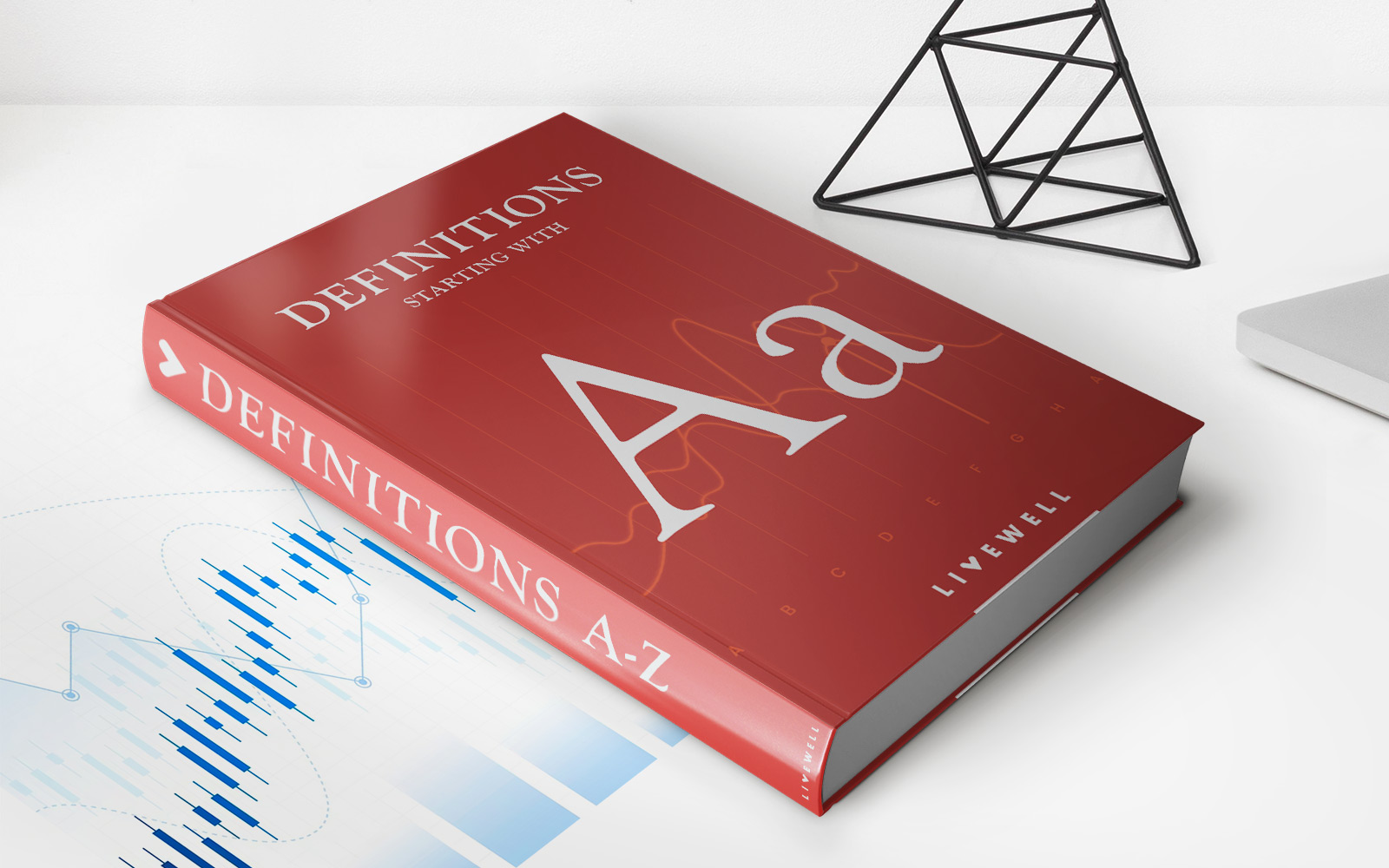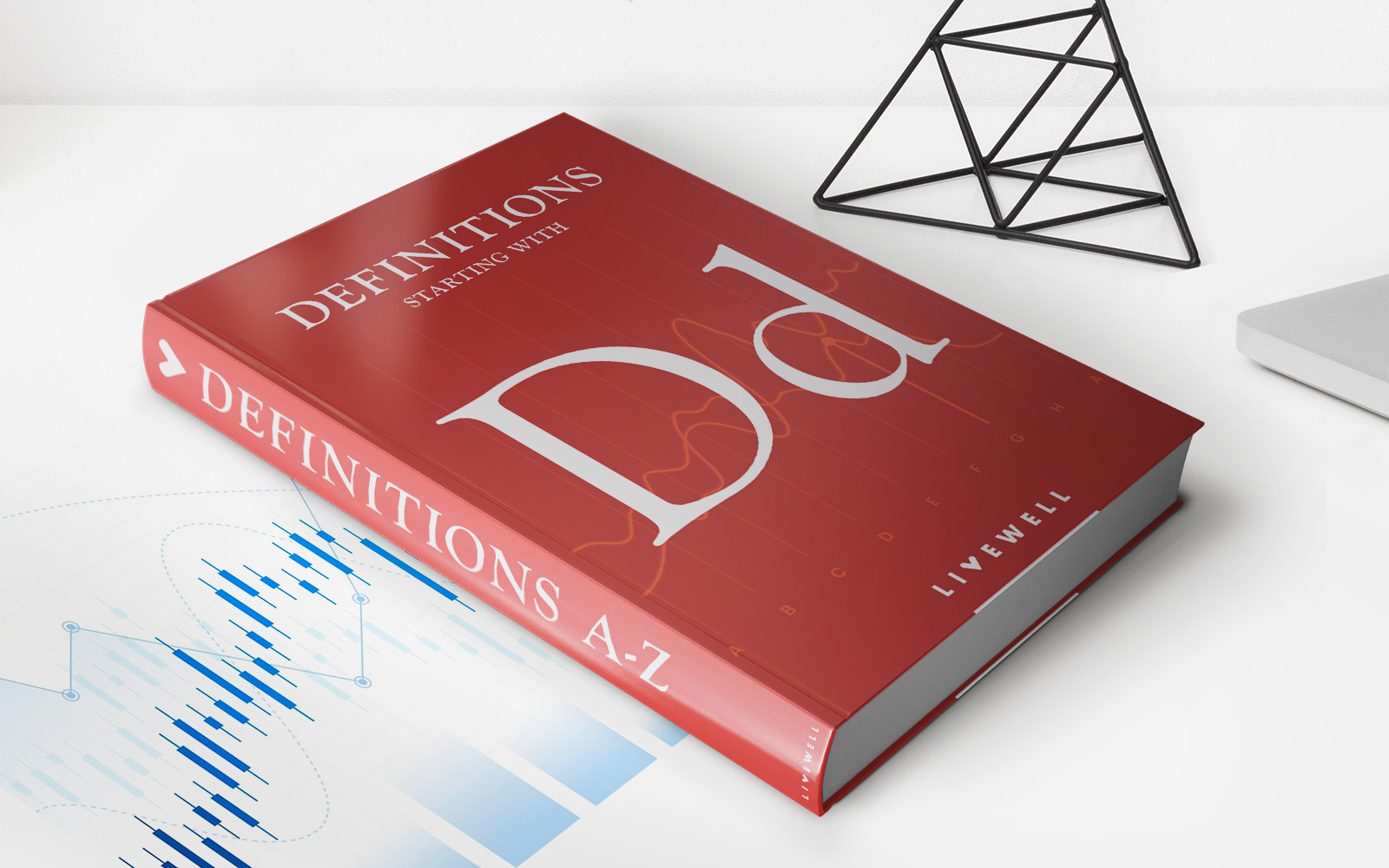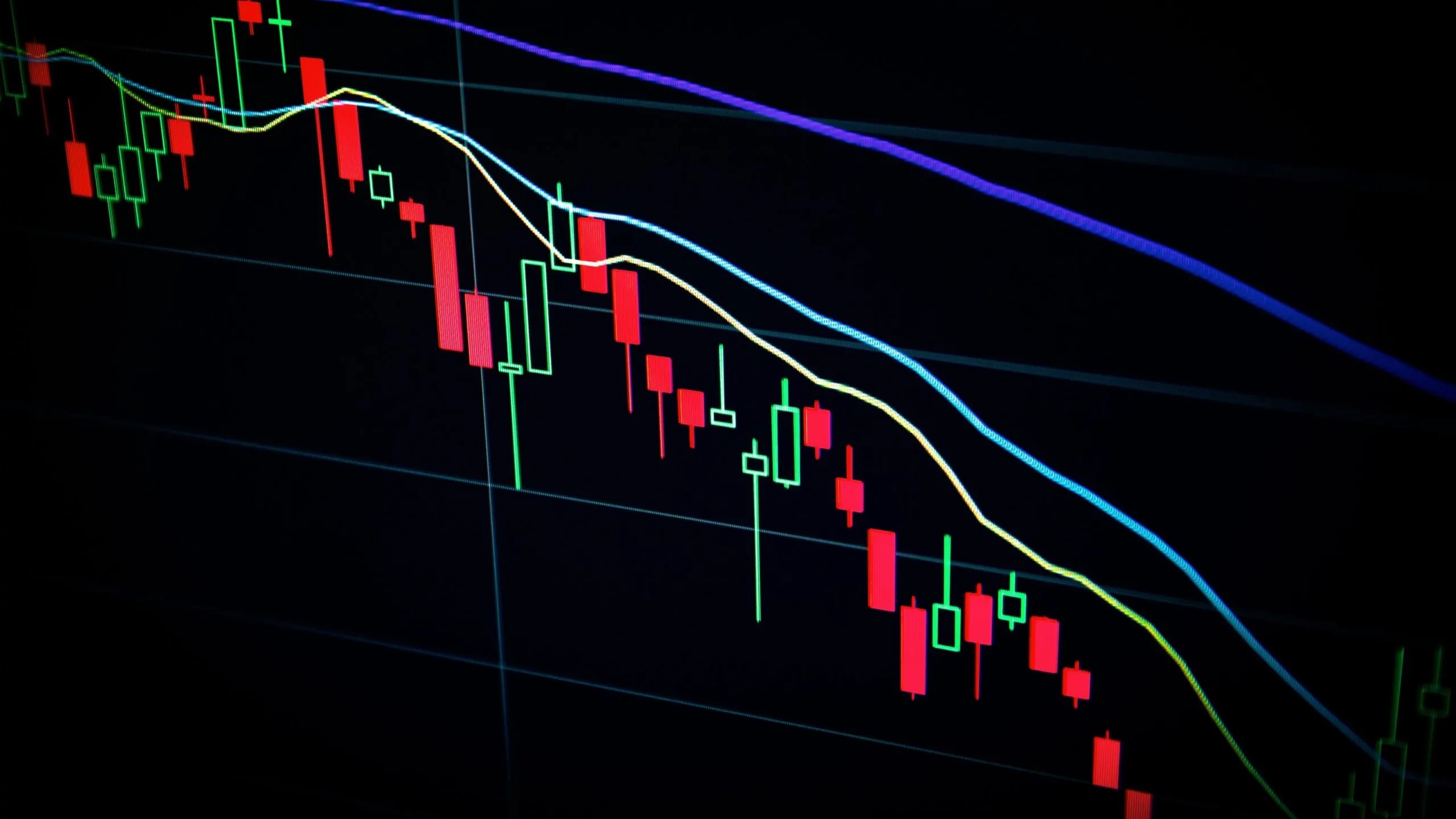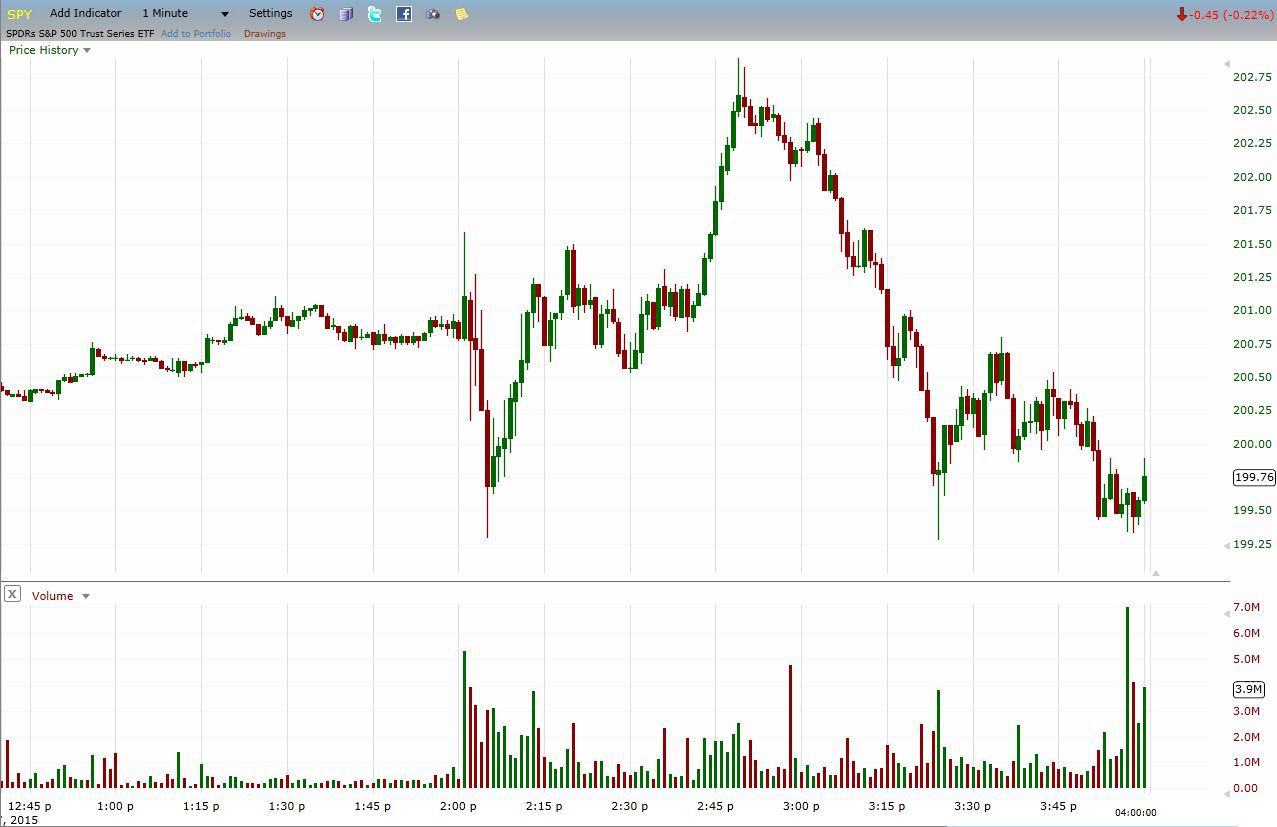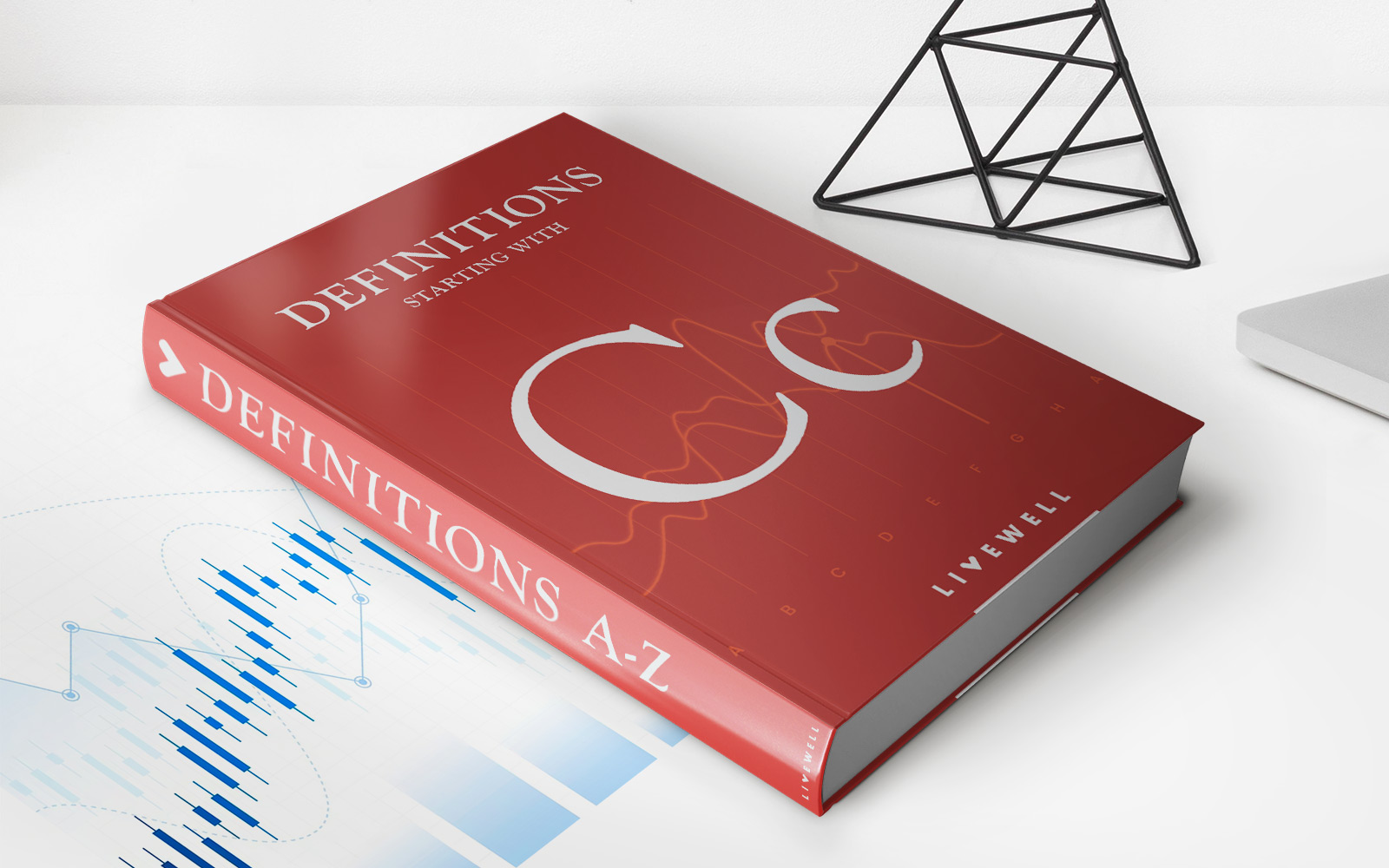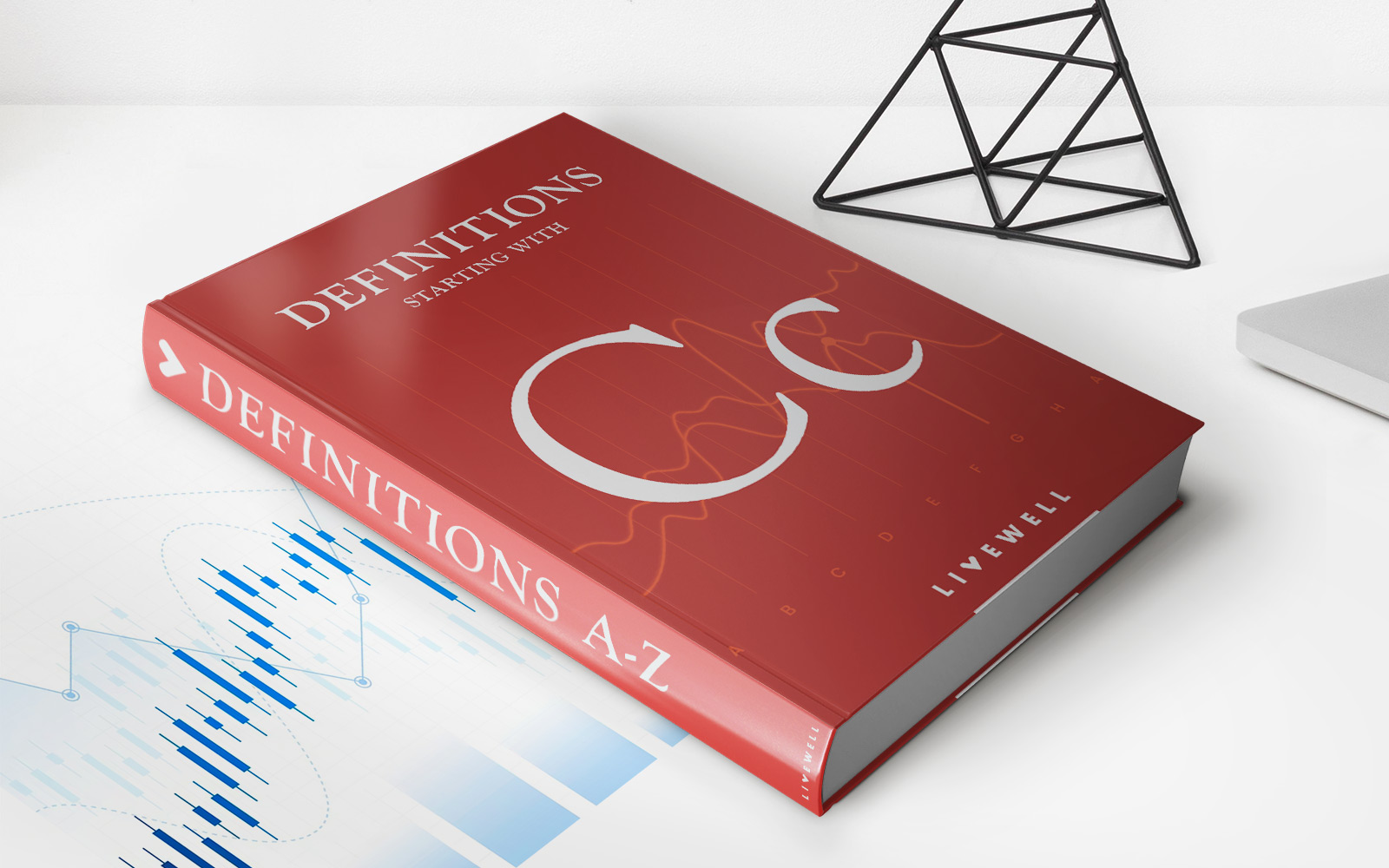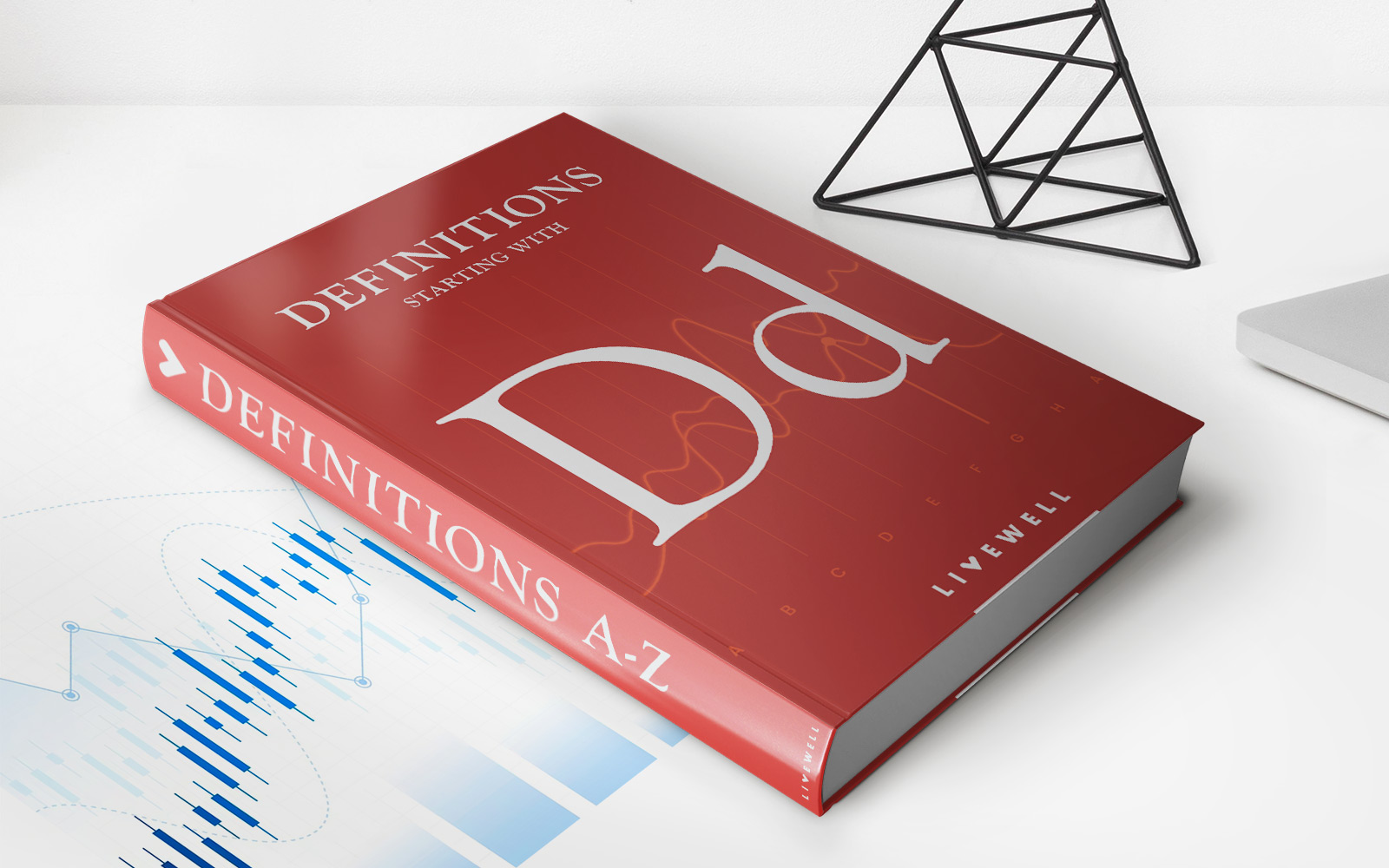

Finance
Downtick Volume Definition And Uses
Published: November 14, 2023
Learn what it means when finance downtick volume occurs and discover its practical applications in the financial industry.
(Many of the links in this article redirect to a specific reviewed product. Your purchase of these products through affiliate links helps to generate commission for LiveWell, at no extra cost. Learn more)
Downtick Volume Definition and Uses: Everything You Need to Know
When it comes to understanding the intricacies of the finance world, it’s important to have a comprehensive grasp on various terms and concepts. One such concept that plays a crucial role in analyzing market trends is downtick volume. But what exactly is downtick volume and how can it be utilized to your advantage? In this blog post, we will delve deep into the definition and uses of downtick volume, helping you navigate the world of finance with confidence.
Key Takeaways:
- Downtick volume refers to the total volume of shares traded during a specific period when the stock price falls compared to the previous price.
- It helps traders and investors gauge market sentiment and identify potential buying or selling opportunities.
Understanding Downtick Volume:
Before we dive into the uses of downtick volume, let’s get a clear understanding of what it actually represents. Downtick volume, also known as negative volume, refers to the total volume of shares traded during a specific period when the stock price falls compared to the previous price. In simpler terms, it measures the volume of trading activity that occurs when a stock price decreases. By analyzing downtick volume, traders and investors can gain valuable insights into market sentiment.
Uses of Downtick Volume:
Now that we have a solid understanding of what downtick volume entails, let’s explore how it can be put to practical use:
- Identifying potential selling opportunities: Downtick volume can act as an indicator of bearish sentiment in the market. When the market experiences a high downtick volume, it suggests a higher level of selling pressure. Traders can utilize this information to identify potential selling opportunities or take measures to protect their existing positions.
- Confirming reversals: Downtick volume can assist in confirming trend reversals. When the market is experiencing a downtrend, a significant increase in downtick volume after a period of low activity might indicate a potential reversal is on the horizon. Traders can use this as a cue to adjust their strategies accordingly.
- Determining market sentiment: By analyzing the downtick volume along with other technical indicators, traders can gauge the overall market sentiment. A consistently high downtick volume may signify a bearish sentiment, while a decrease in downtick volume might indicate a shift towards a more bullish sentiment.
It’s important to note that downtick volume should not be solely relied upon when making trading decisions. It should be used in conjunction with other technical analysis tools and indicators to paint a more comprehensive picture of the market dynamics.
In conclusion, understanding the definition and uses of downtick volume is crucial for anyone looking to navigate the complex world of finance. By scrutinizing downtick volume, traders and investors can gain valuable insights into market sentiment, identify potential selling opportunities, and confirm trend reversals. Incorporate this knowledge into your trading strategy, and you’ll be well on your way to making more informed financial decisions.
